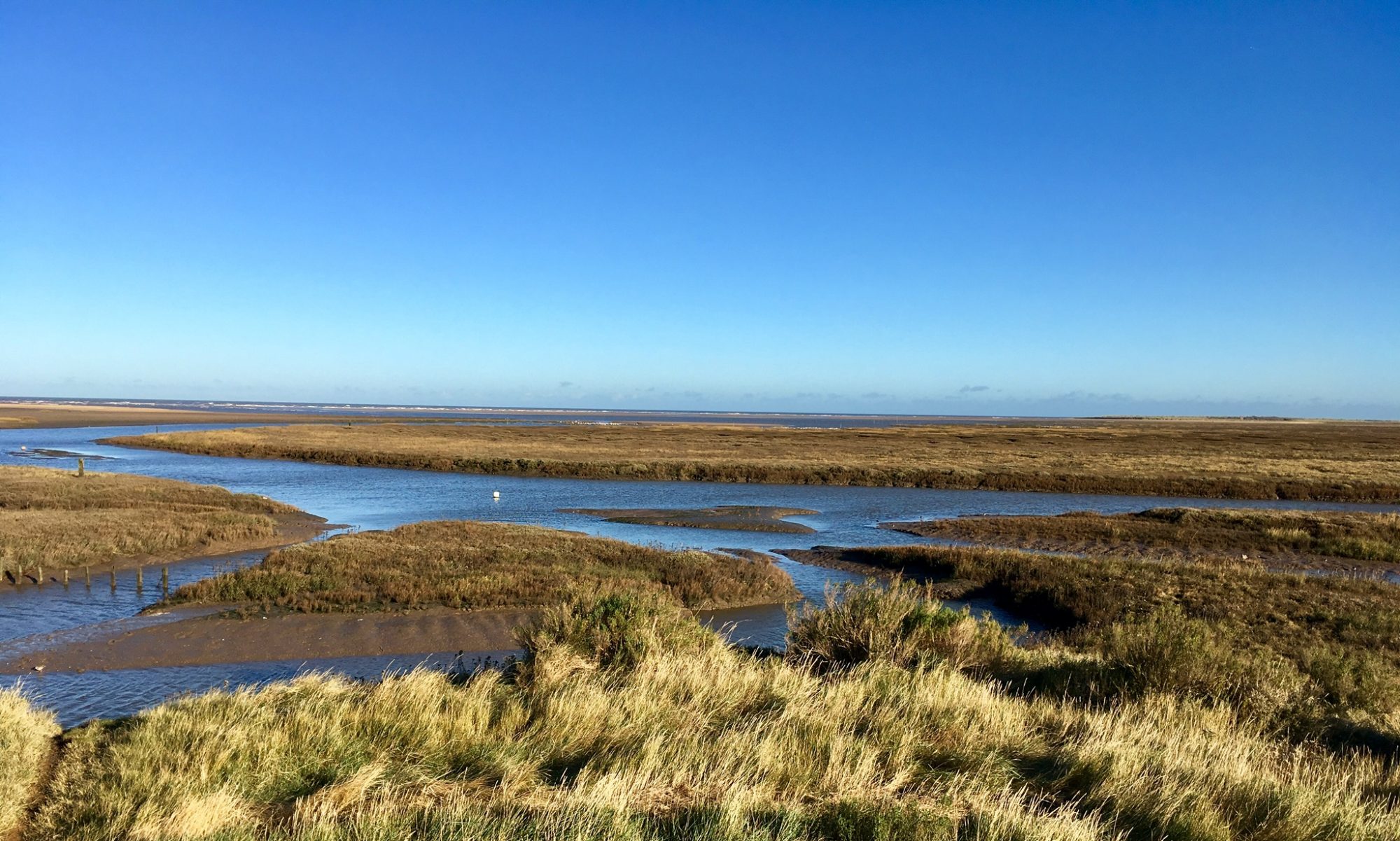
A new book shop opened in town just before Christmas last year ‘The Barrister’s Bookchamber’ https://barristersbookchamber.com/ This shop has a very interesting, unique and Dickensian style. It sells all kinds of books: antique, vintage, used, old, secondhand, paperbacks, hardbacks, fact and fiction in fact you name it and they probably have a copy of it… yes, even ‘Fly Fishing’ by J R Hartley.
The shop is Angela Rowntree’s baby, a barrister herself, who wanted to recreate the feel of a genuine Victorian barrister’s chamber just like her own used to be.
The opening of the new establishment was a Dickensian affair too with Ebenezer Scrooge ‘greeting’ the constant stream of intrigued townsfolk. All books very reasonably priced so a purchase had to be made. I knew my son would love the very old and battered copy of ‘A Christmas Carol’.

The look of the shop has been very thoughtfully put together and the atmosphere is cosy, warm and inviting – particularly as it has a tea room which sells the most amazing cakes. The urge to sit a while to stay and read is irresistible.
A search on Facebook found their page and very quickly the Bookchamber was posting about writing and poetry workshops, children’s book-themed parties, as well as guest author events and eventually the announcement that the Barrister’s Bookchamber was to start its own Book Club. First meeting to be held early in the New Year. Was I interested? Yes, I was.
An all-female group (although a man has subsequently joined us) turned up from diverse backgrounds and with varied tastes in literature. Introductions over, the first book was chosen ‘The Collector’ by John Fowles. I think it would be safe to say that the following month, the group was fairly evenly split on their appraisal of the book, it was a bit – Marmite! We have just had our August meeting to discuss ‘1984’ by George Orwell – it turned into a lively, political debate with some incredible insights and comparisons. In between we have read Oscar Wilde, Gail Honeyman, Clare Douglas, Fiona Barton and Marian Keyes – an eclectic selection. I think the only book we have unanimously enjoyed together is ‘Eleanor Oliphant is Completely Fine’ by Gail Honeyman, which seems to be every book club’s read of the moment.
It was as we discussed the latter that I came clean and confessed that I had not actually read the book but that I had listened to it on ‘Audible’ https://www.audible.co.uk/ Audible is a guilty pleasure of mine, it means I can ‘get lost’ without having to sit down or go to bed! I can walk for miles, do the ironing, clean the bathroom, cook, bake – enjoy two pleasures at the same time! I had expected hands to be thrown up in horror but they weren’t, in fact it was no big deal. Don’t misunderstand me, I do love ‘actual books’ and I do read ‘actual books’ but ever since childhood, I have loved being read to and enjoy just… listening.
The Book Club has introduced me to new people, new books, new views and even new friends… and a shop full of amazing books, which I can either listen to or read.





























